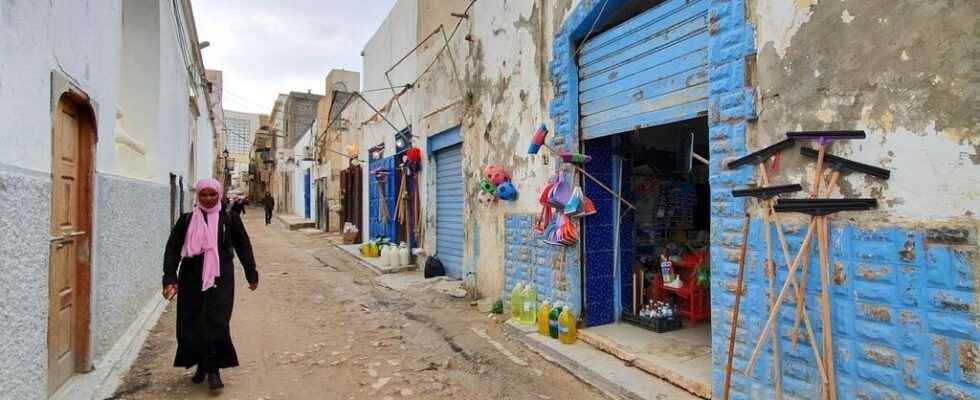Three clashes took place in less than four days in Tripoli and Misrata. They have caused civilian casualties, the first since the ceasefire agreement in Tripoli in October 2020. Militias in western Libya are forming in groups. In western Libya, it seems that a new period of role redistribution between militias is beginning.
The tension is still palpable in Tripoli. On Monday, a force loyal to Dbeibah, the prime minister, deployed to the city’s airport as a precaution. Dbeibah fears that the forces of the former head of military intelligence in western Libya, Ossama Al Jouili, recently dismissed from his post, and an ally of his rival Bashagha, are preparing to take the capital. For several days, Jouili’s forces have been criss-crossing Tripoli and showing their strike capacity.
These clashes allow the militias to reposition themselves, to measure their influence and their power. It also benefits politicians trying to salvage the situation. This reality is symptomatic of the chaos in Libya since the fall of the Gaddafi regime in 2011 and from which the country has been unable to extricate itself.
Moreover, the divisions that are multiplying are not only manifested at the military level, they are also at the social level. Sunday, in Zaouia, a gathering of chiefs of the tribes of several cities of the west supported Bachagha.
Immediately, the Dbeibah camp reacted denouncing a meeting of a quote: “minority which only represents itself and which does not have the right to speak in the name of all the tribes of the west of the country”.
For many observers, if the fighting resumes, it is likely to last this time for a long period.
► Read also: Libya: friction in Misrata between pro-Dbeibah militias and those of Bashagha
